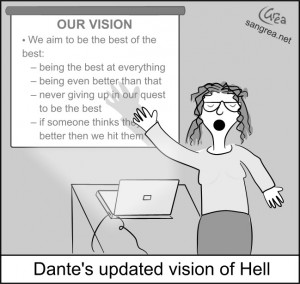Ever wanted to make a quick tutorial demonstrating how to do something on a computer for your students or a friend? You could create a screencast, but if you are like me, you would want it perfect which means investing a lot of time making it. There is a simpler way.
![]() Clarify by Blue Mango Learning Systems allows you to capture computer screenshots and annotate them. Although there are any number of apps that allow you to make screen shots including utilities already built into your computer’s operating system, the beauty of Clarify is that you can combine your screenshots with how-to instructions and even non-screenshot images to create step-by-step tutorials. The program is easy to use allowing you to quickly create your tutorial document which can be exported as an attractive PDF; copied into Word, Evernote or other applications as RTF; or converted to HTML via upload to clarify-it.com. Clarify is available for both Windows and OS X for $29.99 or $39.99 for a cross-platform license. For Mac users, Clarify is available from the Mac App Store. However, there will soon be a new, major upgrade version (Clarify 2), and if you buy from the App Store, you will need to repurchase when it becomes available. By purchasing from Blue Mango directly, you will be eligible to get the upgraded version. Clarify 2 is now in public beta and has some really great new features.
Clarify by Blue Mango Learning Systems allows you to capture computer screenshots and annotate them. Although there are any number of apps that allow you to make screen shots including utilities already built into your computer’s operating system, the beauty of Clarify is that you can combine your screenshots with how-to instructions and even non-screenshot images to create step-by-step tutorials. The program is easy to use allowing you to quickly create your tutorial document which can be exported as an attractive PDF; copied into Word, Evernote or other applications as RTF; or converted to HTML via upload to clarify-it.com. Clarify is available for both Windows and OS X for $29.99 or $39.99 for a cross-platform license. For Mac users, Clarify is available from the Mac App Store. However, there will soon be a new, major upgrade version (Clarify 2), and if you buy from the App Store, you will need to repurchase when it becomes available. By purchasing from Blue Mango directly, you will be eligible to get the upgraded version. Clarify 2 is now in public beta and has some really great new features.
Want to give Clarify a try? You can download a free 14-day trial at Clarify-it.com.


